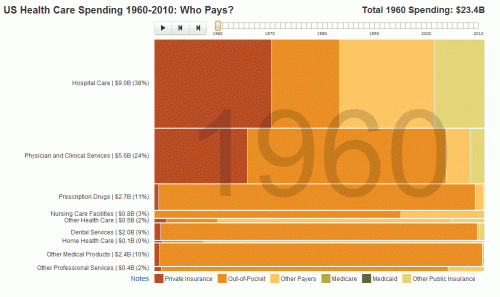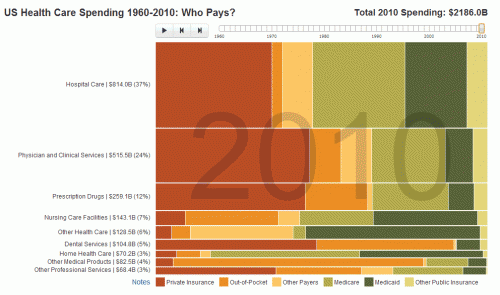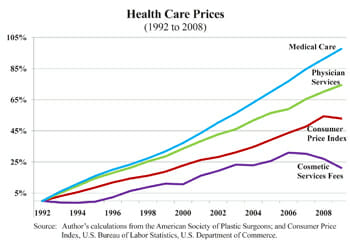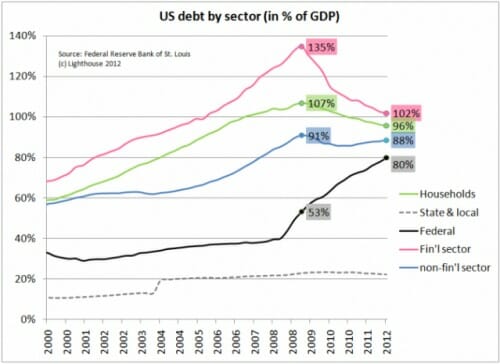Our Business Needs Government Funding Because We Don't Want To Drive Out Of State To Talk To Bankers
This is from an article in Distro, free publication that Engadget pushes to my iPad. The only version I can find to link to is this pig of a pdf. The article is on 38 Studios, the Curt Shilling video game company that the taxpayers of Rhode Island lost over $50 million funding. This is a justification for a similar tech funding program in Nevada:
“The Catalyst Fund and the NCIC Fund are two of the best things that have happened in Nevada in the time that I’ve been here,” he said. “The biggest challenge facing Nevada is that we have very little in the way of risk capital. Our funding capacity is only a fraction of what our actual funding needs are.”
Meanwhile, most of the limited venture money available in the area tends to be in the hands of investors who lack familiarity with the tech sector, said Colin Loretz, co-founder and CEO of Web-based startup Cloudsnap. Loretz — whose company recently received support from startup accelerator TechStars — ended up going out of state to secure funding from investors in San Antonio and San Francisco.
“What we’ve always found was that there were few funding options in Reno, and most of them didn’t understand what we were doing,” Loretz said. “They were very, very knowledgeable in more traditional areas such as manufacturing, mining and clean energy, but not cloud services.”
This is simply bizarre. Why does every single geographical box we might draw on the map need to be self-sufficient in tech venture capital? What is the big deal about going out-of-state for investment. It can't be hard to do, since the person speaking actually did exactly that himself.
According to Google Maps, Sand Hill Road, the epicenter of tech venture capital, is just 4 hours and 24 minutes from downtown Reno by car. That makes the venture capitalists in Menlo Park closer to Reno than to LA. What is the big freaking deal that makes it so important for Nevada to have in-state tech venture capital, even at the cost of blowing a lot of taxpayer money to get there?
By the way, I thought this was a funny adjunct to that justification:
Meanwhile, Nevada officials said they have learned from the problems experienced by other states and built the necessary protections into their programs. Management of the NCIC fund, for example, will be overseen by a private equity firm, said Nevada State Treasurer Kate Marshall.
We need a state private equity fund because we have no private equity expertise in Nevada. The state fund will be run well because we will put the (supposedly nonexistent) state private equity experts in charge of it. Not to worry. No chance at all that this state money will just be used to back and bail out the private equity managers' investments.
The article is light on details about how the whole Rhode Island debacle went down. I would really like to find a step by step history that shows how debacles like this occur.












